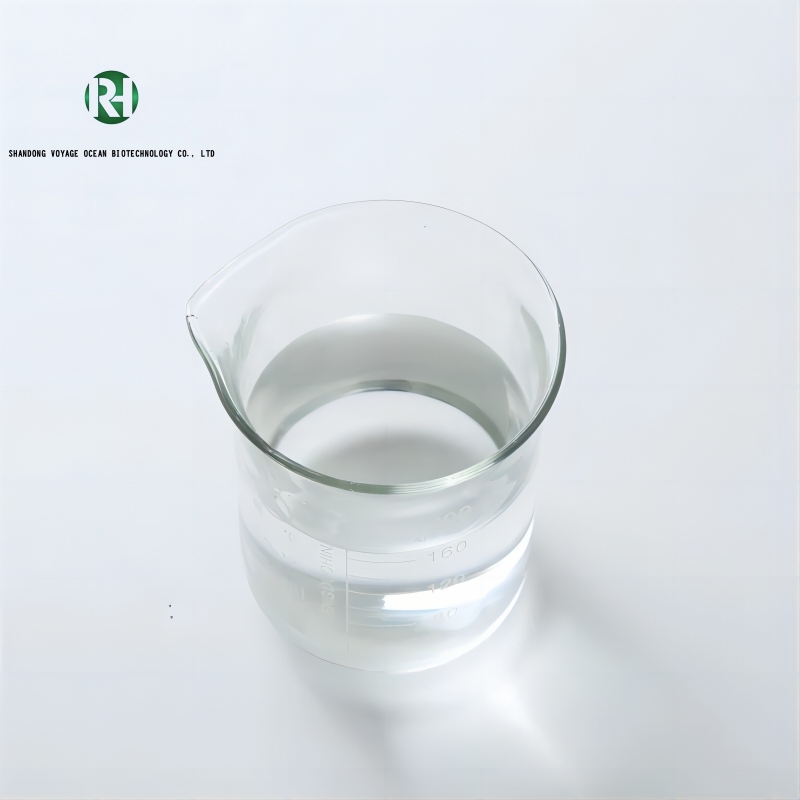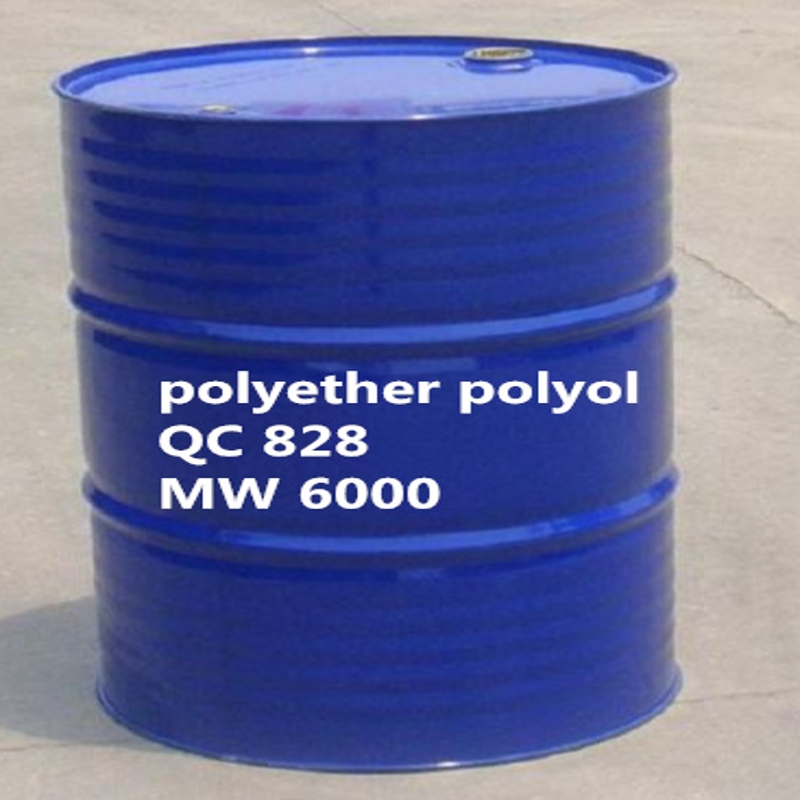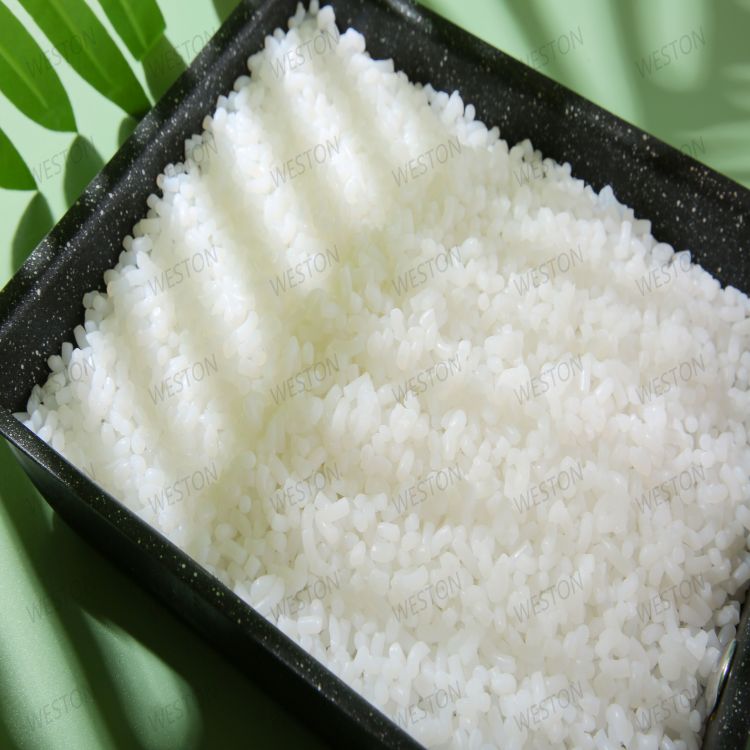-
Categories
-
Pharmaceutical Intermediates
-
Active Pharmaceutical Ingredients
-
Food Additives
- Industrial Coatings
- Agrochemicals
- Dyes and Pigments
- Surfactant
- Flavors and Fragrances
- Chemical Reagents
- Catalyst and Auxiliary
- Natural Products
- Inorganic Chemistry
-
Organic Chemistry
-
Biochemical Engineering
- Analytical Chemistry
- Cosmetic Ingredient
-
Pharmaceutical Intermediates
Promotion
ECHEMI Mall
Wholesale
Weekly Price
Exhibition
News
-
Trade Service
On June 20, 2016, IMEC, the world's leading research and development center for nanoelectronics, will showcase high-efficiency bifacial N-type PERT (BiPERT) solar cells
at this week's Intersolar Europe and EU PVSEC.
This cell can achieve close to 100% efficiency in the ratio of power generation efficiency on both sides, and its rear efficiency is slightly equal to the front efficiency, which is a new achievement of IMEC, and this type of battery can greatly enhance the power generation
of photovoltaic (PV) modules.
Bifacial solar cells not only capture the light falling on the front side, but also capture the diffuse light from the clouds behind the solar panels, reflected from the ground, and even the direct light
that shines at sunrise and sunset.
Therefore, bifacial cells can generate more electricity than traditional solar panels
.
According to field tests, the gain of both sides can reach 10% to 40%
depending on the ratio of reflectivity to efficiency on both sides.
At the same time, the bifacial battery can also be integrated into the traditional glass backplane, in this configuration, not only can the infrared light scattered to the backplane compensate for the lack of metal reflectors on the back, but also benefit
from the reflected light between the battery cells.
IMECn type PERT battery (BiPERT) is characterized by its very thin (less than 5 microns) nickel/silver plated contact, and there is no bus line at both ends of the battery, showing the characteristics
of overall systemic structure and high aesthetic value.
The battery has the potential
for low cost of ownership (COO) due to its profitability from double-sided gain, low-cost metallization sequences, and high-efficiency multi-wire interconnects that reduce light attenuation to the ratio of metal contacts to demand.
The first experimental BiPERT cells (n-type Cz-Si, size: 239 cm2) successfully returned a fairly high two-sided efficiency ratio, and the results now measure 97% (usually between
80% and 90%) of the rear (39.
8 mA/cm2) of the front (41.
2 mA/cm2).
In addition, IMEC's BiPERT battery with back-end emitter configuration and GridTOUCH system measured a superb efficiency
of 22.
6% under standard test conditions (STC) for only front-end illumination and non-reflective fixtures.
The above efficiency test does not include the positive effect
of the two-sided efficiency ratio on the effective power generation of the battery.
In addition, IMEC expects to optimize the battery program and introduce a front-end emitter, which can further improve battery efficiency and power generation
.
Based on the above ratio of efficiency to two-sided efficiency, it is expected that the effective efficiency will reach 26% with only a limited gain of 15%
on both sides.
On June 20, 2016, IMEC, the world's leading research and development center for nanoelectronics, will showcase high-efficiency bifacial N-type PERT (BiPERT) solar cells
at this week's Intersolar Europe and EU PVSEC.
This cell can achieve close to 100% efficiency in the ratio of power generation efficiency on both sides, and its rear efficiency is slightly equal to the front efficiency, which is a new achievement of IMEC, and this type of battery can greatly enhance the power generation
of photovoltaic (PV) modules.
Bifacial solar cells not only capture the light falling on the front side, but also capture the diffuse light from the clouds behind the solar panels, reflected from the ground, and even the direct light
that shines at sunrise and sunset.
Therefore, bifacial cells can generate more electricity than traditional solar panels
.
According to field tests, the gain of both sides can reach 10% to 40%
depending on the ratio of reflectivity to efficiency on both sides.
At the same time, the bifacial battery can also be integrated into the traditional glass backplane, in this configuration, not only can the infrared light scattered to the backplane compensate for the lack of metal reflectors on the back, but also benefit
from the reflected light between the battery cells.
IMECn type PERT battery (BiPERT) is characterized by its very thin (less than 5 microns) nickel/silver plated contact, and there is no bus line at both ends of the battery, showing the characteristics
of overall systemic structure and high aesthetic value.
The battery has the potential
for low cost of ownership (COO) due to its profitability from double-sided gain, low-cost metallization sequences, and high-efficiency multi-wire interconnects that reduce light attenuation to the ratio of metal contacts to demand.
The first experimental BiPERT cells (n-type Cz-Si, size: 239 cm2) successfully returned a fairly high two-sided efficiency ratio, and the results now measure 97% (usually between
80% and 90%) of the rear (39.
8 mA/cm2) of the front (41.
2 mA/cm2).
In addition, IMEC's BiPERT battery with back-end emitter configuration and GridTOUCH system measured a superb efficiency
of 22.
6% under standard test conditions (STC) for only front-end illumination and non-reflective fixtures.
The above efficiency test does not include the positive effect
of the two-sided efficiency ratio on the effective power generation of the battery.
In addition, IMEC expects to optimize the battery program and introduce a front-end emitter, which can further improve battery efficiency and power generation
.
Based on the above ratio of efficiency to two-sided efficiency, it is expected that the effective efficiency will reach 26% with only a limited gain of 15%
on both sides.







